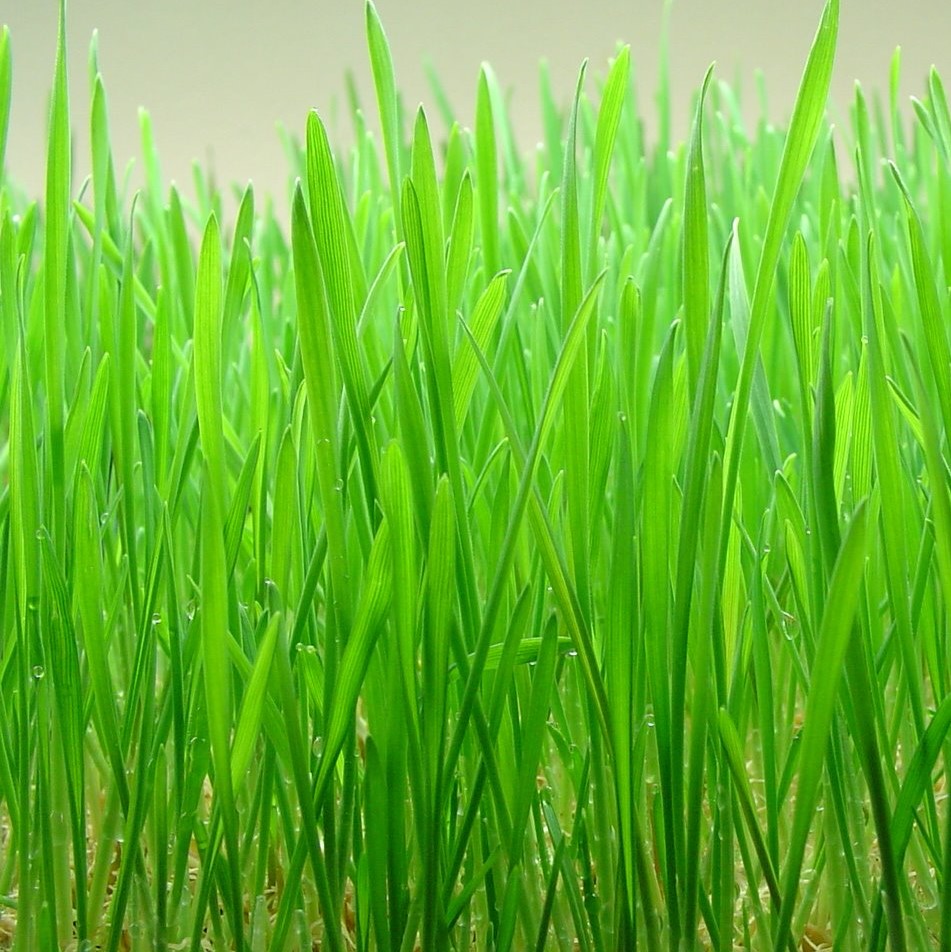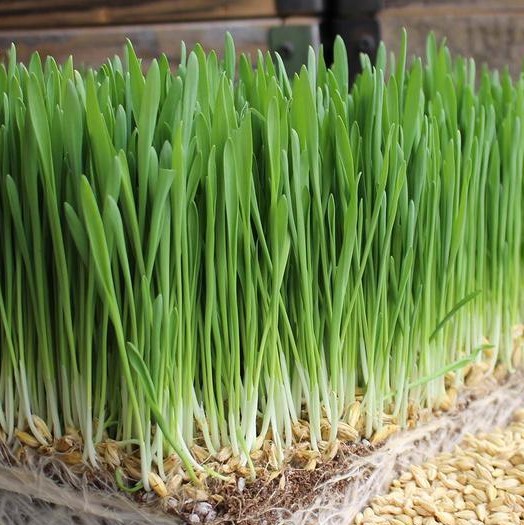What are Super Greens?
So many foods nowadays are talked about as ‘superfoods’ but what does this really mean and which greens are the ones we should be having to get that SUPER effect? Registered Nutritional Therapist Alison talks us through which supergreens really ARE good to eat, and how they benefit us as part of a well-balanced diet.
What are Supergreens?
Supergreens is a term given to a group of greens (algaes and grasses) that are nutrient dense superfoods. These supergreens support digestion, energy levels, immune system and skin health. Even if we have a good diet and ‘eat our greens’, this group of supergreens are powerhouses of nutrients and are a great daily addition to our diet.
As alkalising foods, supergreens play an important role. Western diets are typically high in protein and grains which create an acidic load and too much acidity can lead to a loss of bone strength, muscle mass and inflammation. So to offset that, we need to ensure we are eating plenty of alkaline producing foods such as vegetables and supergreens as part of our daily diet.
Supergreens are often bright, rich green – the colour comes from the chlorophyll content which is the green pigment in organisms which converts sunlight into energy via photosynthesis.
Which greens are Supergreens?

Wheatgrass
Packed full of vitamins ,minerals, trace elements, enzymes , fibre and special nutrients like chlorophyll.
Wheatgrass is a source of anti-oxidants and alkalising for the body. It contains Vitamin A so is great for skin and supporting your immune health…it actually has twice the amount Vitamin A as carrots and higher in Vitamin C than oranges! With full spectrum B vitamins wheatgrass can support energy levels and is a good source of calcium, phosphorous, magnesium, sodium and potassium in balanced ratio. It is a complete source of protein and a good source of iron.
Benefits: Often taken to help curb cravings and aid weight loss by taking before or during meals to help feel fuller, cleanses the blood and used to support digestion.

Barley grass
Packed full of vitamins, minerals, trace elements, enzymes, fibre and special nutrients like chlorophyll.
Barley grass contains large amounts of vitamins including Vitamin B and C, and minerals, including potassium, calcium, magnesium , iron, and trace minerals (copper, phosphorous, manganese.
Barley grass powder is made from the dried young leaves of the barley plant and has more Vitamin C than oranges (500%), more calcium than in milk (200%) more iron than in spinach, (500%)
Benefits: Being rich in chlorophyll, barley grass is often used as a natural cleanser.

Chlorella
One of the most nutrient dense foods in the world, filled with proteins and vitamins and minerals, essential fatty acids and anti-oxidants.
Chlorella is a single celled, micro-algae, fresh water plant which has tough cell walls so the cracked chlorella seen on labels means a special process has been used to crack these tough walls, thus releasing the nutrients in chlorella.
Containing the highest level of chlorophyll of any plant on the planet it is sometimes referred to as the perfect whole food as it is a complete protein, containing all the B vitamins, Vitamin C, Vitamin E, and minerals such as zinc and iron.
As a rich source of Vitamin D, Vitamin K, selenium, folic acid, iodine and B12 it is a good green for vegans, and supports skin health with B2, B3 and biotin, hair health with biotin and copper and supports a healthy immune function with B6, B12 and iron.
Benefits: Chlorella supports detoxification of the liver, gallbladder, kidneys – all of which help to remove heavy metals (for example mercury) and toxins.
It is also known to balance your gut flora by normalising the ‘good’ bacteria in your gut. It is often used to aid weight loss.

Spirulina
One of the most nutritionally dense foods in the world, it is a rich source of protein and iron.
Spirulina is a micro-algae, fresh water plant and highly digestible. It is great for supporting energy levels and has been shown to encourage the growth of healthy bacteria in the gut.
It contains a broad spectrum of vitamins, including the B vitamins, minerals and amino acids, essential fatty acids, and anti-oxidants as well as magnesium, calcium ,B12, B6, beta-carotene, chlorophyll.
With more iron than spinach and a rich source of B12 it is great for vegans. It has double the amount of chlorophyll as barley grass and wheat grass.
Benefits: It is used to support energy, and often used as part of a cleanse programme. Spirulina assists weight loss by curbing appetite naturally while supplying a full range of nutrients needed for a balanced diet.
Are Supergreens gluten free?
Wheat grass and Barley grass are harvested as young plants, when they are more nutrient dense. The young grasses of these plants are not the same as the grains (that contain gluten) found when the plant matures, so these plants should be fine for people who avoid gluten . However for coeliacs it is advised to be cautious and avoid them as it’s difficult to guarantee the wheat grass or barley grass is 100% free of seeds, in other words completely free of gluten.
Spirulina and Chlorella are both naturally gluten free.
How do I use supergreens?
You can use supergreens individually or buy a product that combines them all, often with other greens added in, allowing you to benefit from all their amazing properties. View a few from our range here.
Powdered greens can be added to smoothies or juices, or simply mixed into water.
With thanks to Alison for this fantastic article on supergreens.
